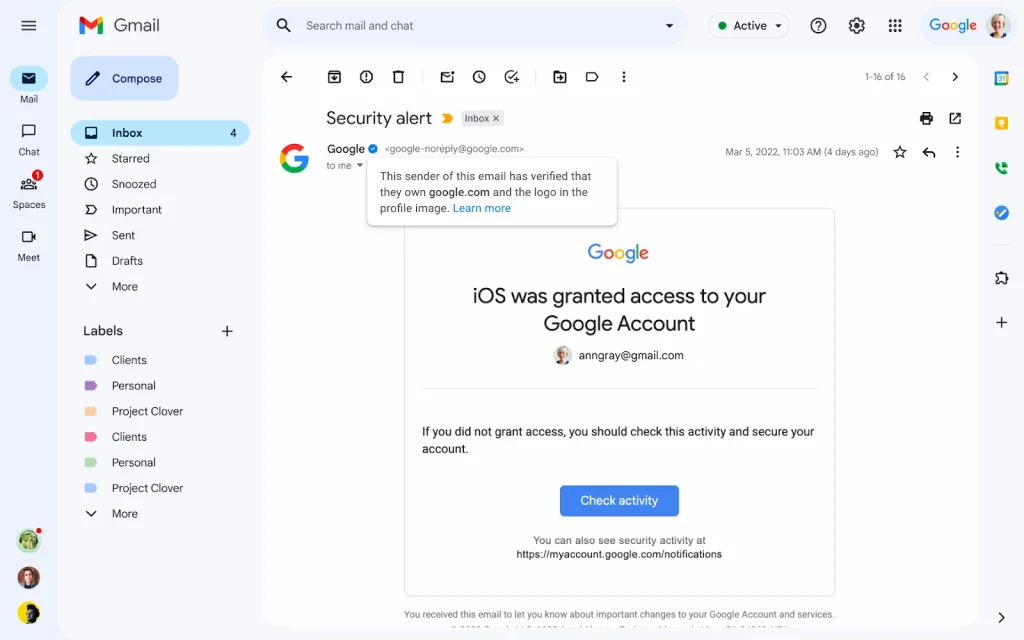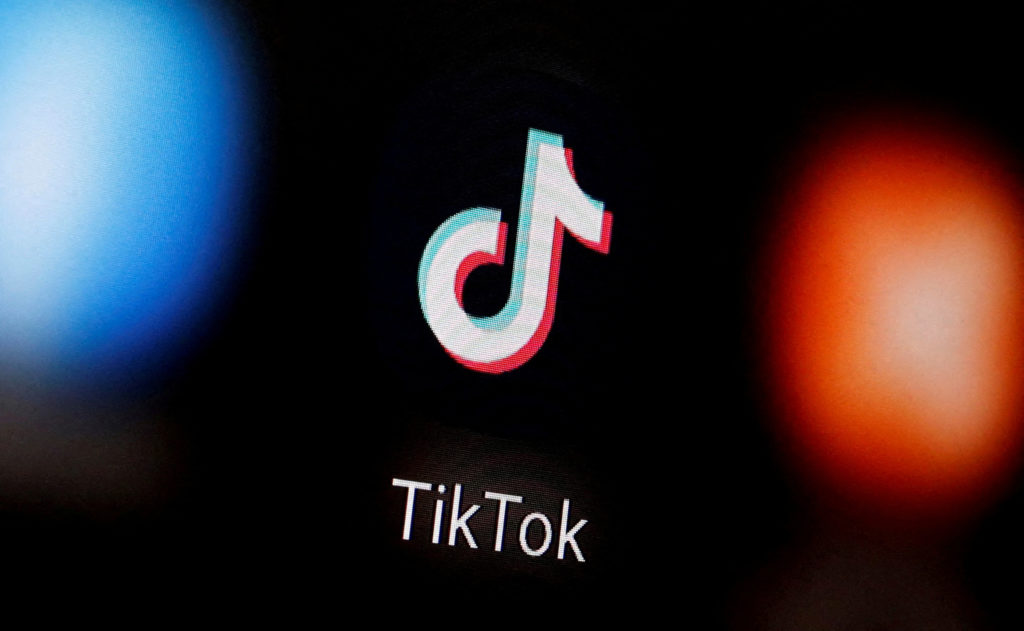In order to authenticate the sender’s identity, Gmail will soon display a blue checkmark next to the sender’s name. According to a Google blog post, the tool is meant to assist users in determining whether or not an inbound email is from a trusted sender.
Gmail’s current BIMI (Brand Indicators for Message Identification) feature forms the basis for the confirmed checkmark. For this reason, it is important for businesses to verify that they are the rightful owners of the brand logo they are using as their email avatar. Businesses that have already started using BIMI will be awarded the seal.


If you hover your mouse over the checkmark in the Google image, you’ll see the message “the sender of this email has verified” that they are the rightful owner of the domain and profile picture being used to send the message. Email authentication, according to Google, aids in “identifying and stopping spam” for users and security systems alike and allows senders to “leverage their brand trust.”
Selling Verification
Meta has recently begun testing with selling verification for Facebook and Instagram accounts, and while Twitter’s verification problem has made headlines recently, the emblem is used by everyone from Tinder to Pinterest to YouTube.
Since many recipients may not know what a BIMI-approved emblem in an email implies or if it is real, Google’s addition of a more visible checkmark may help users rapidly identify legitimate senders. In keeping with Google’s recent decision, the “tuner” indicator will now replace the “lock” icon in the Chrome address bar to signal to users that a site is using the more secure HTTPS protocol without, ideally, leading them to believe that the site is not real.
Blue checkmarks may soon be invading your inboxes as Gmail begins rolling out verified checkmarks across all Google accounts, including Workspace accounts.




